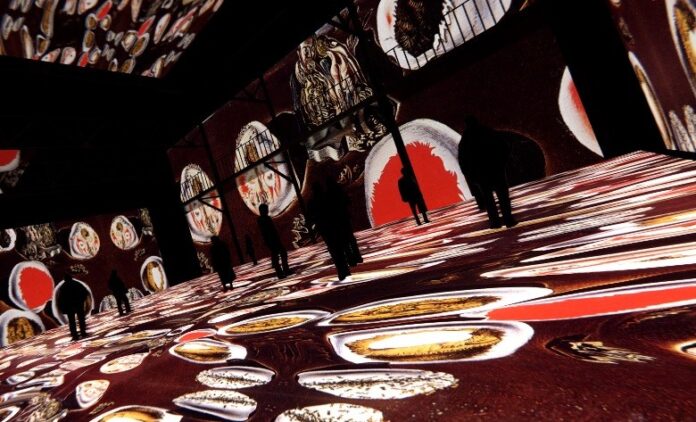Virtual reality today allows you to be in the Universe of Salvador Dali or in general in worlds never seen anywhere and never. And what will happen in the near future?
More and more well-known galleries and museums exhibit VR (virtual reality) artifacts. One of the oldest and most respected contemporary art exhibitions, the Whitney Biennale in New York, showcased such work by US artist Jordan Wolfson. At the London Sotheby´s auction, one could see Salvador Dali’s masterpiece “Transitional Moment” in the VR version.
VR technology originated in the 1990s, but is now experiencing a real boom and can probably be considered the future art.
Equipped with VR glasses with built-in video screens, motion sensors, and unique technical interfaces, artists and designers are exploring a new media space.
We bring to your attention four artists and their views on the future of art.
Virtual illustrator
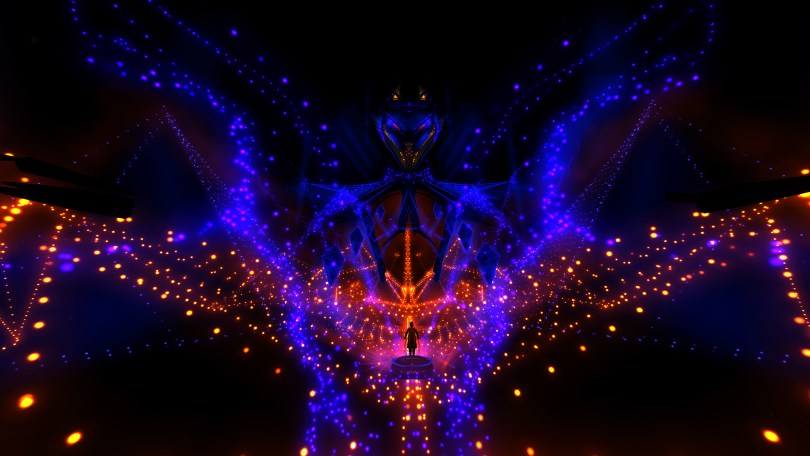
In the Australian outback, you don’t expect to meet an artist at the forefront of technological developments. But illustrator and graphic novelist Stuart Campbell, aka Sutu, lives there. Virtual reality is an ideal environment for him, as it provides absolute completeness of immersion. The artist shapes everything that can be seen, heard or even felt in this environment. At the same time, a person in the virtual space should be able to move freely enough not to experience psychological discomfort.
“In 3D, my drawings float around me, says the 36-year-old artist-designer. It takes some getting used to. But this is undoubtedly the future of art.
Virtual artist
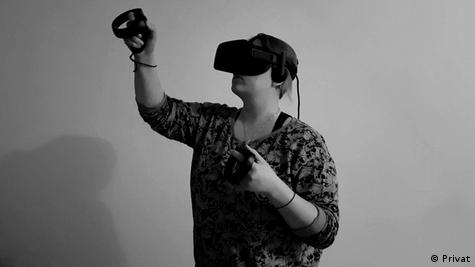
Liz Edwards, 27, a designer from Montreal, started out as a 3D video game programmer. Edwards enthuses about the versatility of the virtual environment and the range of content that has already been developed, from adventurous flights to the International Space Station and travel around the planet to regions that have already been scanned in stereoscopic format, to complex video games and creative programs.
Edwards believes that the VR industry is ahead of other tech areas also in terms of gender equality: “There are a lot of powerful women in this area. The VR industry is an open and attractive business.”
Virtual sculptor
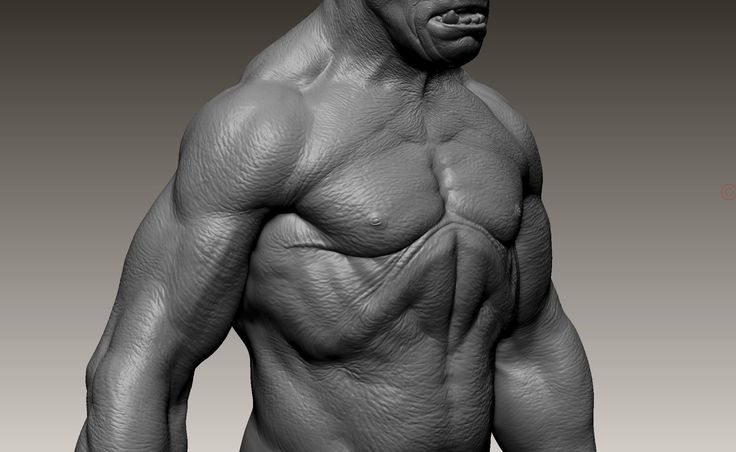
Another VR fan, Gio Nakpil, 40, was born in the Philippines, grew up in Canada and currently lives in the US. In his understanding, the art of the future should be an “open and very personal” way of communicating with other people.
But does the virtual reality artifact, with its expensive technical equipment and isolated access through individual virtual glasses, contradict this idealistic notion?
“The cost of VR art hardware will steadily fall,” said Nakpil. “I can imagine that they will become available as video games, for example. In the virtual space, it will be possible to meet friends and fellow sculptors and create all sorts of virtual monsters on the screen for a pleasant conversation.”
Virtual characters created by Gio Nakpil made their way even to Hollywood. They appear in films such as The Avengers and Star Wars.
Virtual Curator
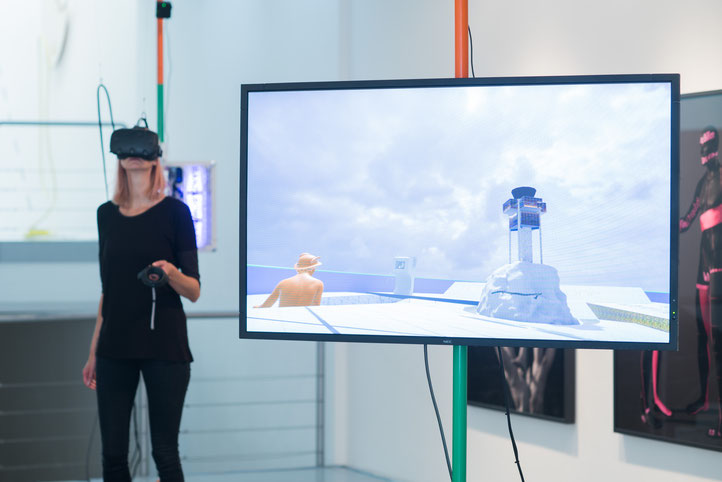
“The power of virtual reality is that it goes beyond consciousness,” says Philip Hausmeier, a German VR artist from Berlin. A graduate of the Academy of Arts started with traditional sculptures and art installations. But then the “Oculus Rift VR” virtual reality glasses appeared, and the artist made a bold decision to go into VR.
“I saw a lot of potential here,” Philip emphasizes. “You can go beyond physical boundaries and create virtual spaces that have never existed anywhere before. This is truly the art of the future.”
Philipp Hausmeier is actively contributing to this future. In Berlin, he founded a popular meeting place for those interested in VR and is now building a database on virtual reality art.






